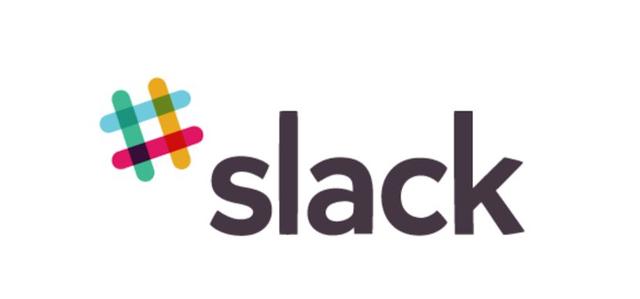What exactly does Slack do next?
Editor’s note: This article is from WeChat public account “US Stock Research Club” (ID: meigushe) a>, author US Stock Research Institute. Reprinted with permission.
Beijing time on December 5, Slack announced its third fiscal quarter report for fiscal year 2020. Data show that revenue for the period was US $ 168 million, an increase of 60% year-on-year, higher than the average analyst estimate of US $ 156 million; however, net loss for the quarter expanded 84% year-on-year to US $ 87.8 million.
Performed in the capital market, according to Sina Finance, Slack shares fell more than 1.5% after the market.
In fact, Slack is a SaaS application built on AWS, which mainly provides the function of information exchange within the enterprise. Its rapid growth is obvious to all and it has become the fastest growing SaaS startup in history. As a work communication platform, it allows users to send messages, images, documents, etc. to groups or individuals without using e-mail. In addition, it has also stepped into the wider cloud computing CRM field in an attempt to attract more paying business customers through its applications and APIs.

But there is a fact that Slack may be difficult to attract paid subscriptions in the long-term competition in the workplace communications industry currently dominated by Microsoft and Google GOOGL, which is also the focus of investors’ concerns.
Judging from Slack’s financial report this quarter, revenue has maintained rapid growth and exceeded market expectations, but losses have expanded year-on-year, which is not a good sign. As competition with technology giants, especially Microsoft, intensifies, Slack will also encounter more problems. From a business perspective, the US Stock Research Institute analyzes the many challenges and opportunities it faces in the future.
Revenue increased by 60% year-on-year while net loss also increased by 84% year-on-year
According to Slack’s third quarter financial report, revenue for the period was US $ 168.7 million, an increase of 60% year-on-year; net loss was US $ 87.8 million, an increase of 84% year-on-year. Although the revenue showed an unexpected growth, the loss could not be improved. Diluted net loss per share was $ 0.16, compared with net loss of $ 0.39 per share in the same period last year. Slack non-GAAP net loss for the quarter is 1.4%. This indirectly reflects that Time has agreed that Microsoft’s Teams will pose a corresponding shock and threat to Slack.
In fact, the launch of Microsoft Teams is two years later than Slack, but as the world’s leading technology giant itself has accumulated a large number of customer resources, users have a more perfect ecological structure, and the advantages are obvious. Even if Slack is developing rapidly as a technology unicorn, trying to outperform Microsoft is definitely not an easy task.
In addition, it is worth mentioning that according to a report in the Wall Street Journal in November that Slack and Microsoft were actually working behind the scenes, Slack “uses Microsoft’s open source software to make its collaboration tools work with some parts of Office 365 Seamless collaboration. ” This cooperation seems to be on the way of joining hands, but this relationship of enemy and friend is not necessarily maintained in the long run.
However, in addition to Microsoft, there are siege of technology giants such as Google and Facebook. Google launched the benchmarking product G suite in 2016; in the same year, Facebook launched Workplace with features such as news feed, group, and live broadcast. Taken together, under the current state of loss, Slack’s path on this track will not be smooth.
Slack’s direction is worth affirming, but can it get long-term attention from investors?
From the perspective of Slack’s current revenue, its rapid development is beyond doubt, and it has successfully attracted the attention of mainstream enterprises. Data show that its 2016-2018 revenue was US $ 105 million, US $ 220 million, and US $ 400 million, respectively. Last year’s revenue increased by 88% year-on-year, making it one of the fastest growing technology companies. Today, although the revenue growth rate in the third quarter has not broken, it still remains at a low level of 60%.
At the same time, as of September 30, 2019, there were more than 105,000 paying customers, a year-on-year increase of 30%. There were 821 customers who paid over US $ 100,000 a year, a year-on-year increase of 67%. Vertical comparison shows that the growth rate shown by this written data is more optimistic, which also proves that there is still the possibility of further expansion of the imagination space in this field.
But a report released by Slack in early October showed that 12 million people are actively using its platform every day, a 37% year-on-year increase. This data has fallen behind the scale of its 13 million daily active users in July, which may also reflect from the side that there are corresponding hidden dangers behind it.
Of course, Slack’s general direction is definitely no problem. Take domestic WeChat, in fact, as a usual communication tool for the public, WeChat has undertaken most of the work that was originally completed by Email. In other words, as long as Slack’s scale can achieve the corresponding market penetration rate, the development prospect is undoubtedly worth looking forward to.
But the problem is that Slack’s promotion method also has corresponding advantages and disadvantages. Its promoter